Exclusive footage released: "Doomsday Clock" is ticking; What are they doing?
In recent years, Russia, United States of America and China have built new facilities and dug new tunnels at their nuclear test sites.
Friday, 22.09.2023.
10:15
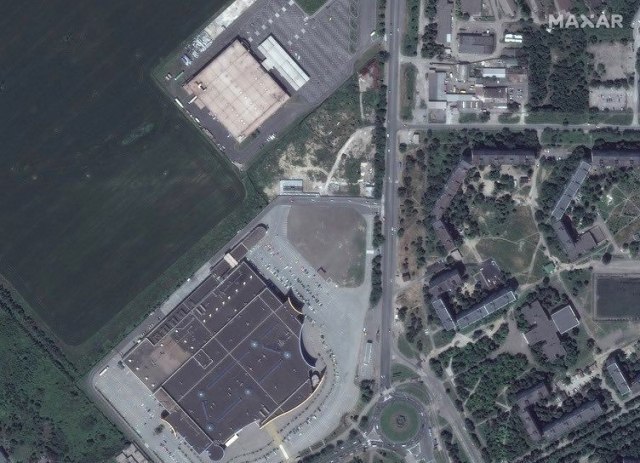
Exclusive footage released: "Doomsday Clock" is ticking; What are they doing?
That's according to satellite images obtained exclusively by CNN, at a time when tensions between the three major nuclear powers have risen to their highest level in decades.While there is no evidence to suggest that Russia, the US or China are preparing for an imminent nuclear test, the images, obtained and provided by a prominent analyst in military non-proliferation studies, illustrate recent expansions at three nuclear test sites compared to just a few many years ago.
One is operated by China in the far western region of Xinjiang, one by Russia in the Arctic Ocean archipelago, and one in the US in the Nevada desert.
Satellite images from the past three to five years show new tunnels under mountains, new roads and warehouses, as well as increased vehicle traffic entering and leaving the sites, said Jeffrey Lewis, an assistant professor at the James Martin Institute for International Studies' Center on Nonproliferation. Middlebury.
"There are a lot of indications that we're seeing that suggest that Russia, China and the United States could continue nuclear testing," he said, something none of those countries have done since underground nuclear testing was banned by the Comprehensive Nuclear-Test-Ban Treaty in 1996.
China and the US have signed the agreement but have not ratified it. Retired US Air Force Col. Cedric Layton, a former intelligence analyst, reviewed images of the three powers' nuclear sites and came to a similar conclusion.
"It is very clear that all three countries, Russia, China and the United States, have invested a lot of time, effort and money not only in modernizing their nuclear arsenals, but also in preparing the kinds of activities that would be required for testing," he said.
Moscow ratified the deal, but Russian President Vladimir Putin said in February that he would order a test if the US went first, adding that "no one should have dangerous illusions that global strategic parity can be destroyed." The expansions risk sparking a race to modernize nuclear weapons testing infrastructure at a time of deep mistrust between Washington and the two authoritarian governments, analysts say, although the idea of actual armed conflict is not seen as imminent.
"The threat of nuclear testing stems from the degree to which it accelerates the growing arms race between the United States, on the one hand, and Russia and China, on the other," Lewis said.
"The consequences are that we are spending huge sums of money, even though we are not getting any safer."
Nuclear threats
Lewis' comments came after the prominent nuclear watchdog group, the Bulletin of the Atomic Scientists, earlier this year set its iconic "Doomsday Clock", a measure of how close the world is to self-destruction, at 90 seconds to midnight, the most uncertain hour since its establishment in 1947.The group cited the war in Ukraine, sparked by Russia's illegal invasion of its neighbor in February 2022, as the main reason for its sobering assessment.
"Russia's threats to use nuclear weapons remind the world that escalating a conflict—accidentally, intentionally, or mistakenly—is a dire risk. The possibility of a conflict spiraling out of control remains high," the group said.
In other words, the Doomsday Clock today signals a greater risk of the end of humanity than it did in 1953, when both the United States and the Soviet Union conducted dramatic above-ground nuclear weapons tests. Last month, United Nations Secretary-General Antonio Guterres issued a new appeal to key countries to ratify an international treaty that bans experiments for both peaceful and military purposes.
"This year we are facing an alarming increase in global mistrust and division," Guterres said. "At a time when nearly 13,000 nuclear weapons are stockpiled worldwide – and countries are working to improve their accuracy, range and destructive power – this is a recipe for destruction."
Lewis pointed out that the unexpectedly poor performance of the Russian military in Ukraine could be part of the incentive for Moscow to consider resuming nuclear tests. Dmitry Medvedev, a hawkish supporter of Putin and current deputy chairman of Russia's Security Council, promised that Moscow "will have to use nuclear weapons" if the Ukrainian counteroffensive is successful.
Medvedev's bellicose rhetoric has raised eyebrows, but Putin is Russia's key decision-maker and is widely seen as the real power behind the throne during Medvedev's four-year presidency. Belarus, which played a key role in Russia's invasion of Ukraine, also received tactical nuclear weapons from Moscow, President Alexander Lukashenko said in August. He added that Minsk will be willing to use them in the face of external aggression.
Even as the Russian military invaded Ukraine last year, analysts also saw the expansion of the Novaya Zemlya nuclear test site in the Arctic Ocean archipelago. In mid-August, the facility came back into focus when Defense Minister Sergei Shoigu visited it, according to the Russian Defense Ministry.
The Novaya Zemlya site was first used by the Soviet Union to conduct nuclear tests in 1955 until the final underground explosion of the USSR in 1990. During that time, a total of 130 tests involving more than 200 devices were performed at the site, according to a review published in the journal Science and Global Security. Satellite images obtained by CNN showed extensive construction at the Novaya Zemlya test site from 2021 to 2023, with ships and new containers arriving at its port, roads cleared in winter, and tunnels dug deep in the arctic mountains.
"The Russian training ground is now open year-round, we see them clearing snow from the roads, we see them building new facilities," Lewis said. Near those facilities are tunnels that Russia has tested in the past, Lewis said. "In the past five or six years, we have seen Russia digging new tunnels, which suggests that it is ready to continue nuclear testing," he added.
"It's pretty clear to me that the Russians are preparing for a possible nuclear test," added Layton, a former US Air Force intelligence officer who is now a CNN analyst. But he offered what he said were important caveats. "The Russians may be trying to toe the line by making all the preparations for a nuclear test, but not actually carrying it out. Basically, they would be doing it to scare the West," Layton said.
Moscow did not respond to CNN's request for comment on the matter, and there is no way to know exactly what is happening hidden from satellite view.
Growing activity at the Chinese training ground as well
Growing activity was also detected at China's nuclear test site at Lop Nur, a dried-up salt lake between two deserts in sparsely populated western China.Satellite images show that a new, fifth underground tunnel has been dug in recent years, and new roads have been built. A comparison of images taken in 2022 and 2023 shows the pile of loot steadily increasing, leading analysts to believe the tunnels are expanding, Lewis said. In addition, the main administration and support area saw new construction projects. A new warehouse was built in 2021 and 2022, which could be used to store explosives, he added. "The Chinese training ground is different from the Russian training ground," Lewis said. "The Chinese test site is huge and has many different parts. It looks very busy, and these things are easy to see on satellite images. If we can see them, I think the US government certainly can," he added. Increased activity in Lop Nur was also noted in an April report by the China Observer Project of the Sasakawa Peace Foundation, a group of China experts in Japan. After analyzing satellite photos of the Lop Nur site, the group concluded that China is "a possible target to conduct subcritical nuclear tests." A possible sixth test tunnel under construction in Lop Nur has been discovered, as "the fact that a very long tunnel has been dug along the mountainous terrain with curves in the road indicates that the construction of the test site is in its final stages".
In a statement to CNN, China's foreign ministry criticized the report as highlighting China's nuclear threat and described it as "extremely irresponsible".
Activity in the Nevada desert
The US publishes an unclassified version of the Nuclear Posture Review every few years, which provides an overview of the role of nuclear weapons in its security strategy. The latest report, published in October last year, said Washington would consider using nuclear weapons only in "extreme circumstances."However, it also stated that the US is not adopting a no-first-use policy as this would result in an unacceptable level of risk to its security. The U.S. conducted its last underground test in 1992, but Lewis said the U.S. has long maintained a state of readiness for a nuclear test, ready to respond if one of its rivals goes first. "The United States has a policy of readiness to conduct a nuclear test in a relatively short period of time, about six months," he said. Commercial satellite images taken over the Nevada Nuclear Test Site, officially known as the Nevada National Security Site, show that the underground facility - the U1a complex - was significantly expanded between 2018 and 2023. The National Security Administration (NNSA), the arm of the US Department of Energy that oversees the site, says the laboratory for conducting subcritical nuclear experiments has been expanded, a long-standing practice meant to ensure the reliability of the weapons in the stockpile. "In subcritical experiments, chemical high explosives create high pressures, which are applied to nuclear weapons materials, such as plutonium. The configuration and quantities of explosives and nuclear materials are such that a nuclear explosion will not occur," according to the NNSA website. In response to CNN's request for comment, an NNSA spokesperson confirmed that it has "recapitalized infrastructure and science capabilities" at the Nevada test site, which includes the acquisition of new advanced sources and detectors, development of reactivity measurement technology and continued tunnel activity. "This will provide modern diagnostic capabilities and data to help maintain the safety and performance of the US nuclear stockpile without further underground testing of nuclear explosives," the spokesman added. A US Government Accountability Office (GAO) report, published in August, said the US would build two measuring devices at the Nevada site to "make new measurements of plutonium during subcritical experiments". The devices and related infrastructure improvements, needed "to inform plans to modernize the nuclear weapons stockpile," will cost about $2.5 billion to $2.6 billion and be ready by 2030, according to the GAO report. A spokesman for the National Security Council also told CNN that it is closely monitoring Russian military activities, but added that it "sees no reason to adjust its own nuclear posture." However, the expansion of facilities at the Nevada test site could fuel fears in Moscow and Beijing that Washington may be preparing for a nuclear test - because while both countries may be able to see developments from satellite images, they have no ability to independently verify what is happening inside, Lewis said.
And such perceptions can become dangerous, especially in the current era of fear and lack of trust on all sides, he said.


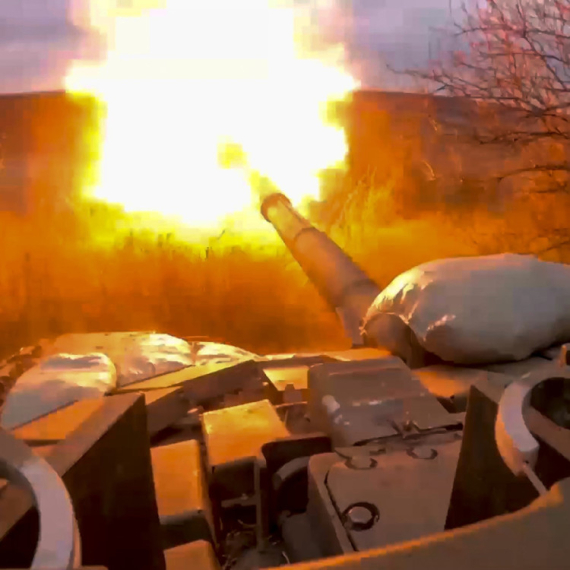
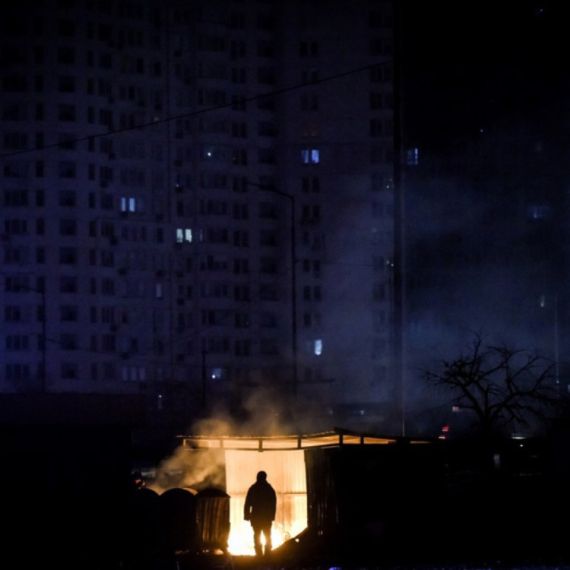
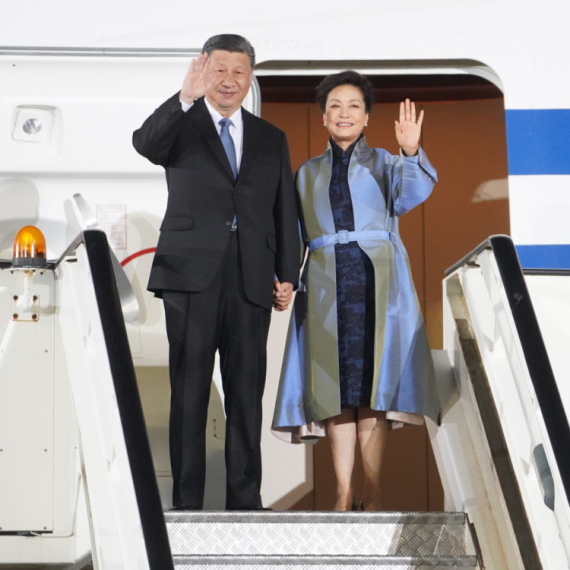





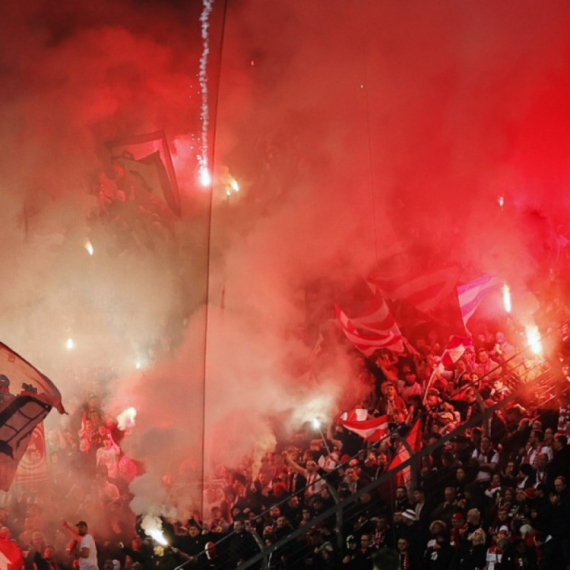





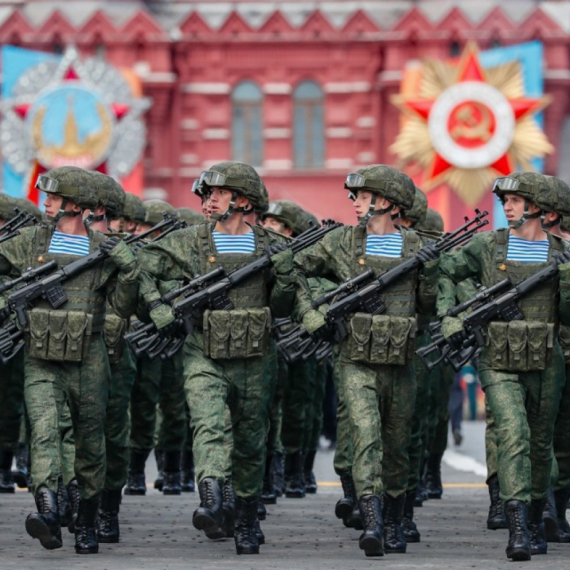
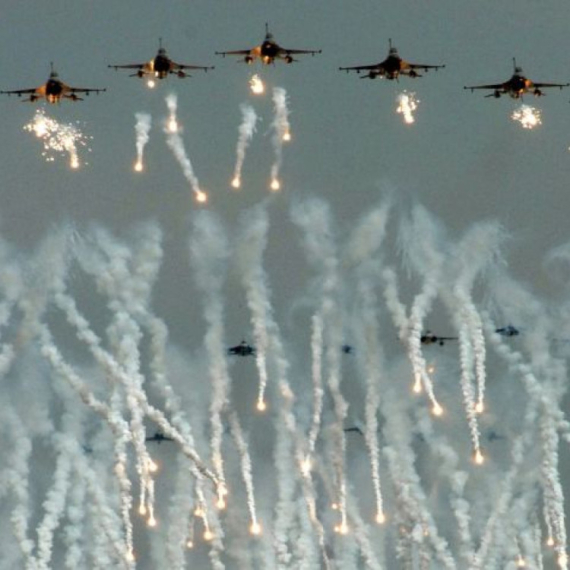
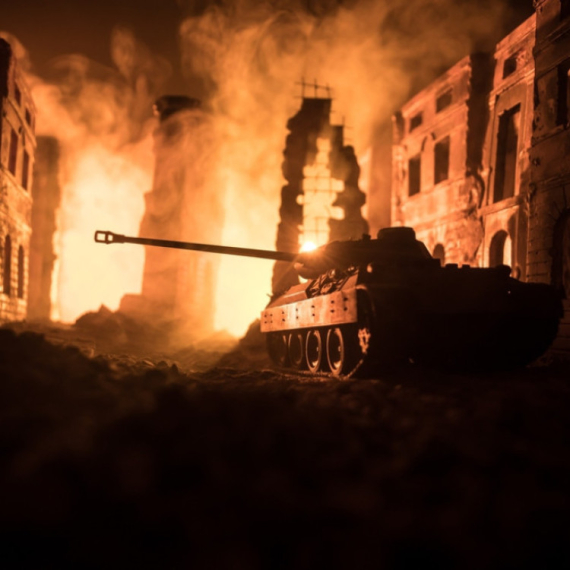
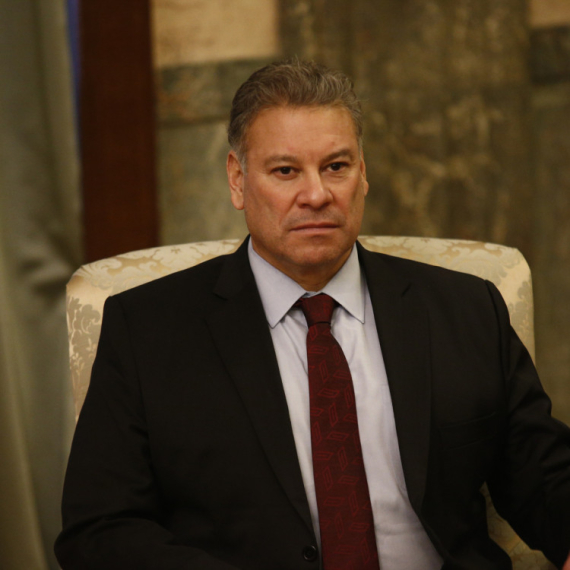


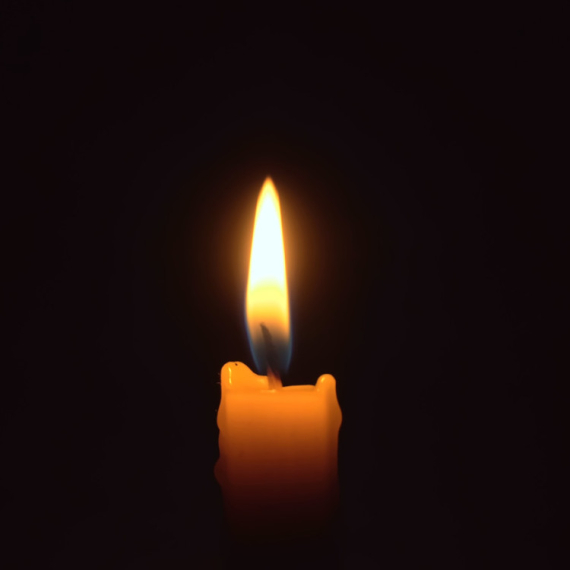




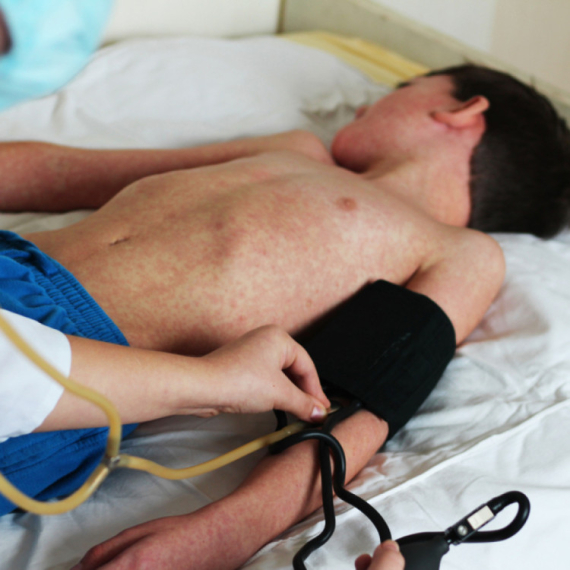
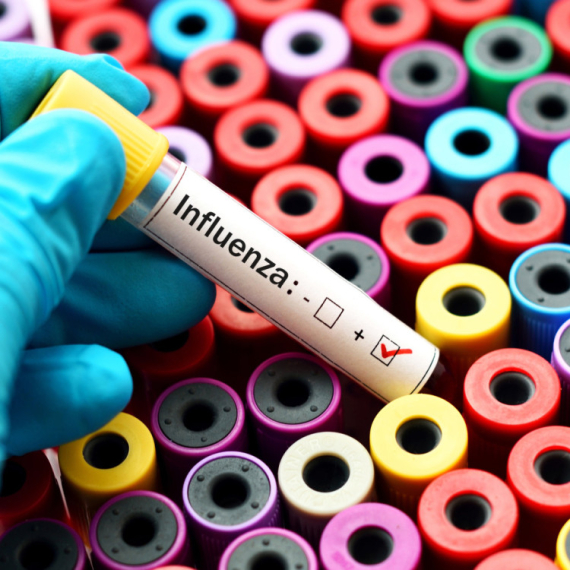



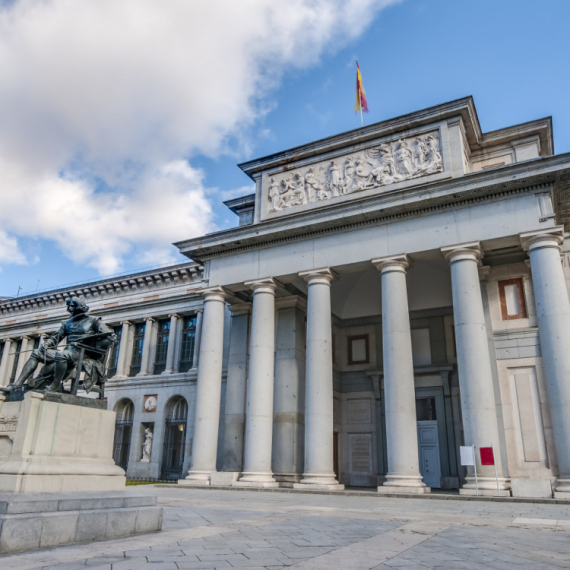
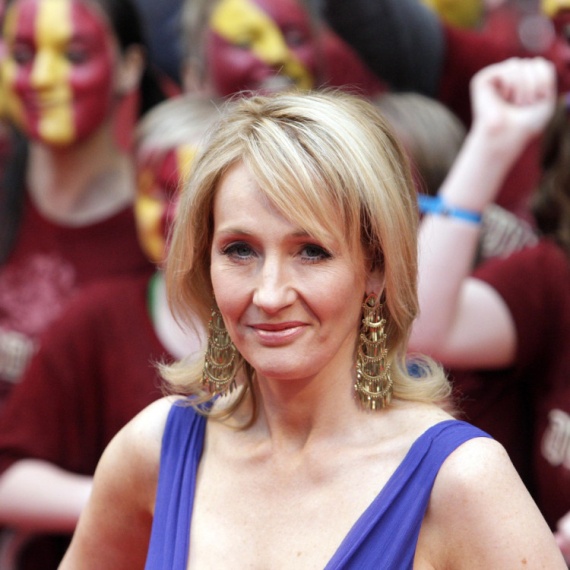
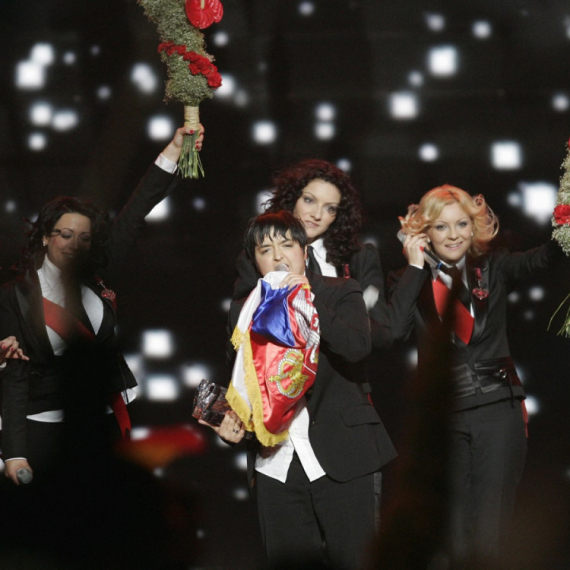
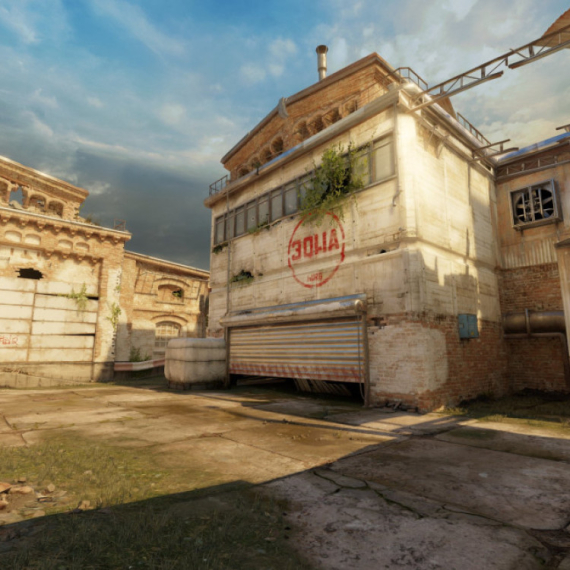

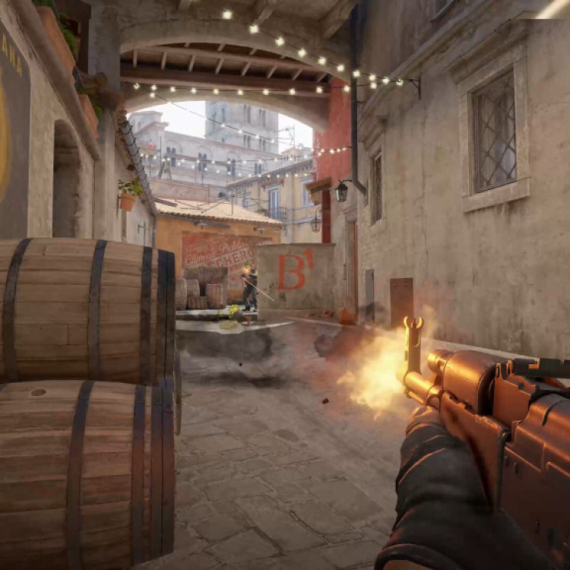
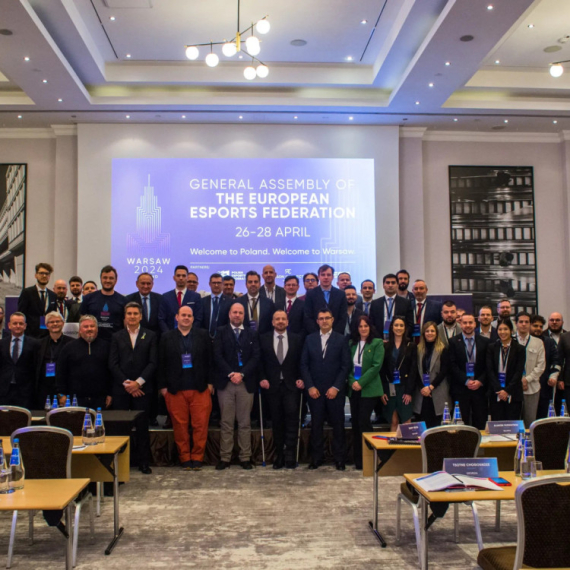
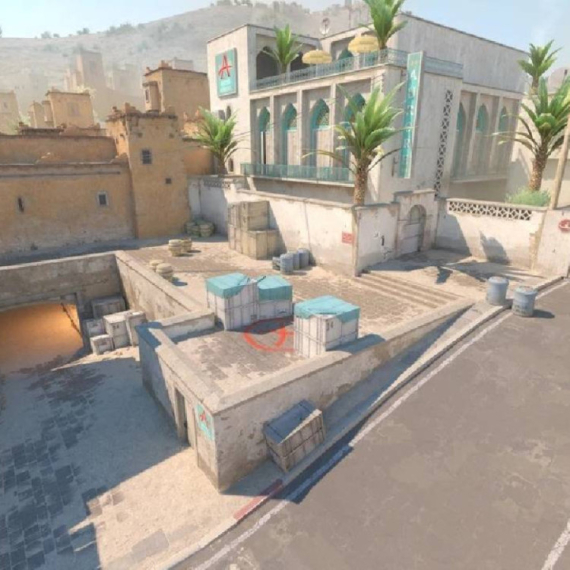
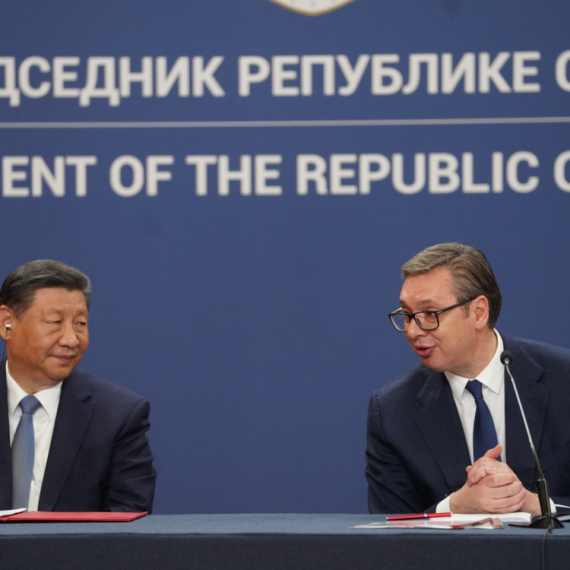

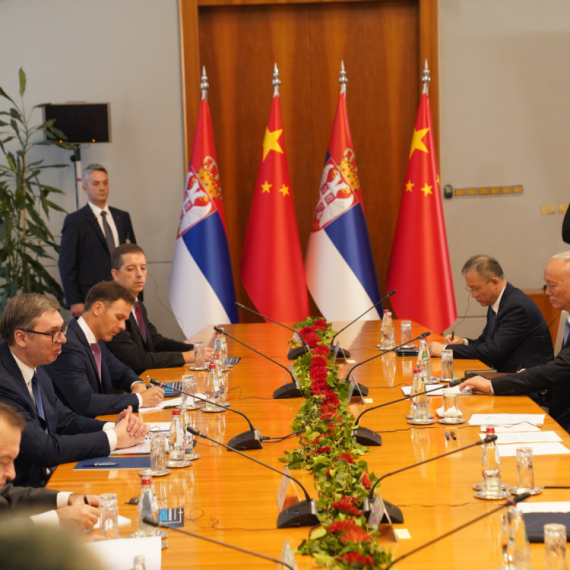
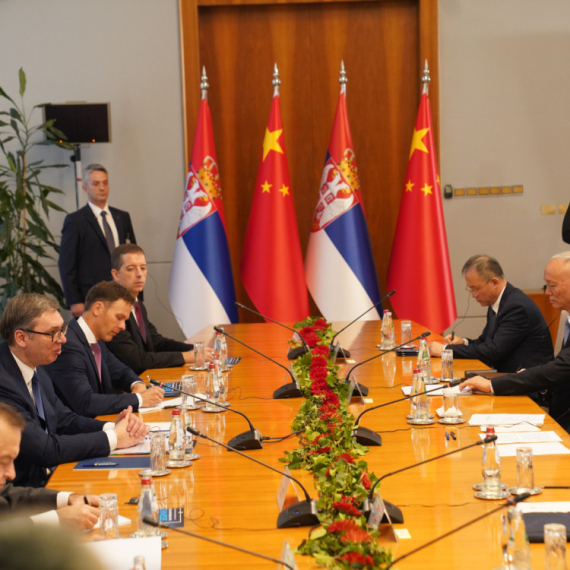
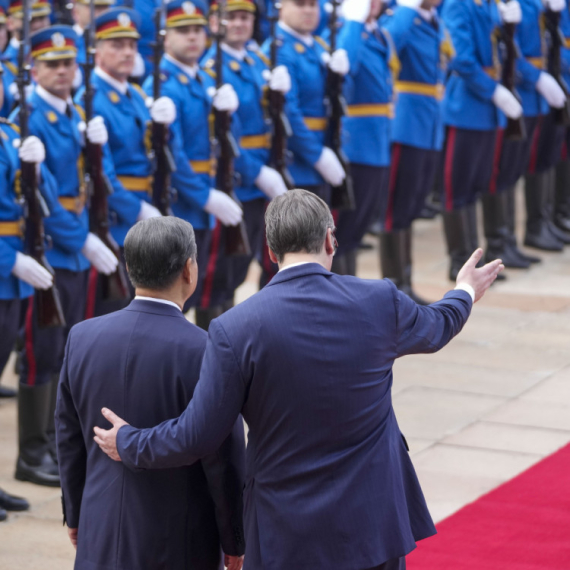

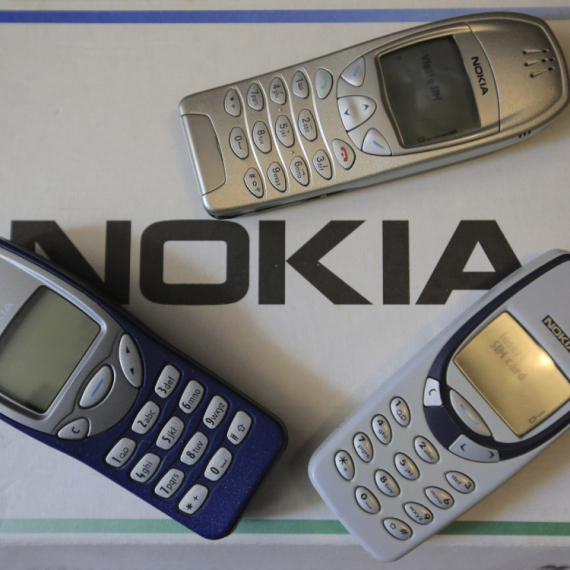

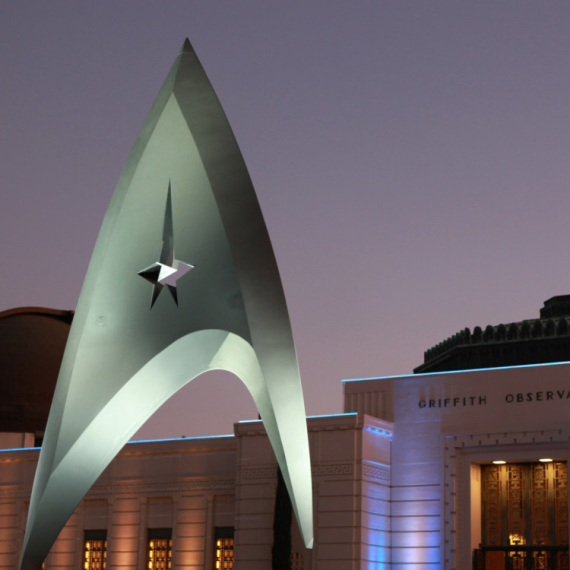





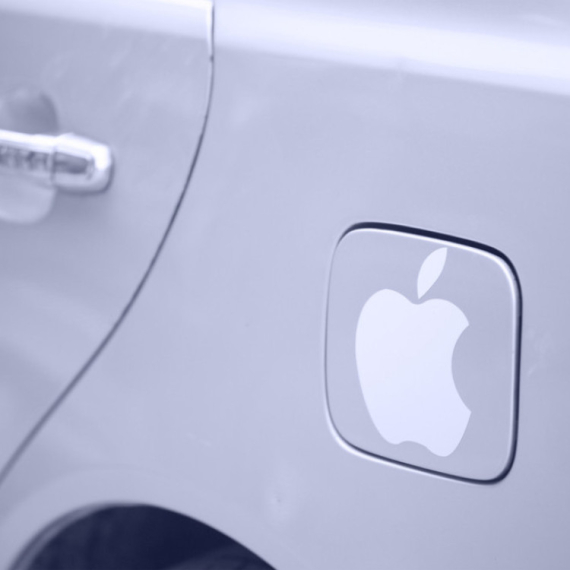
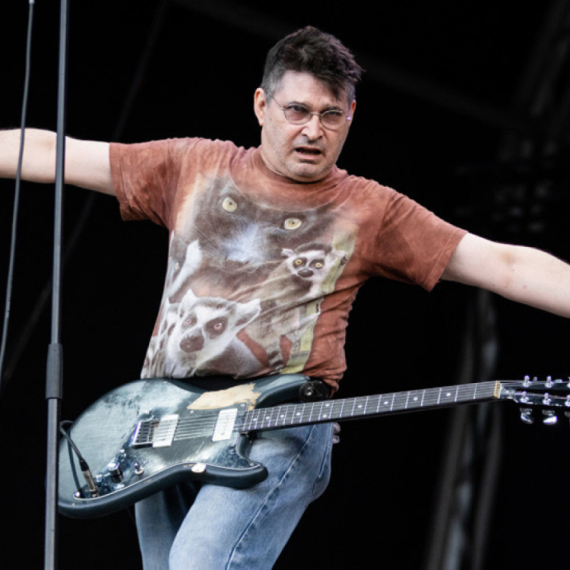
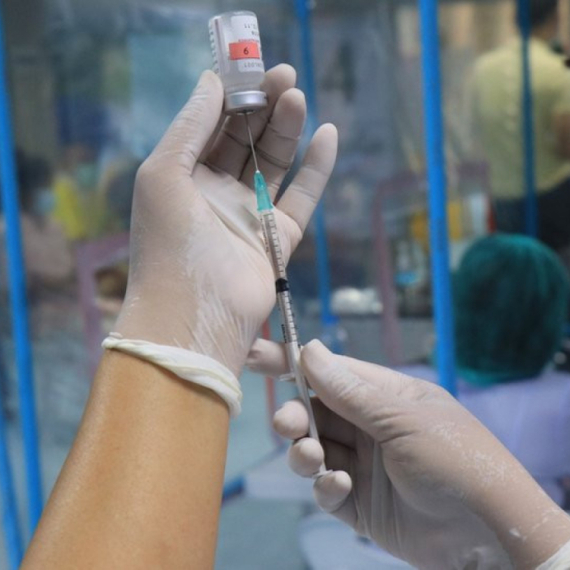
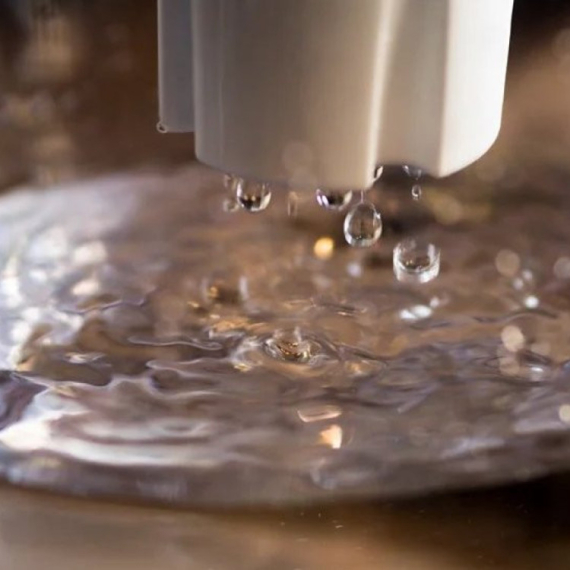
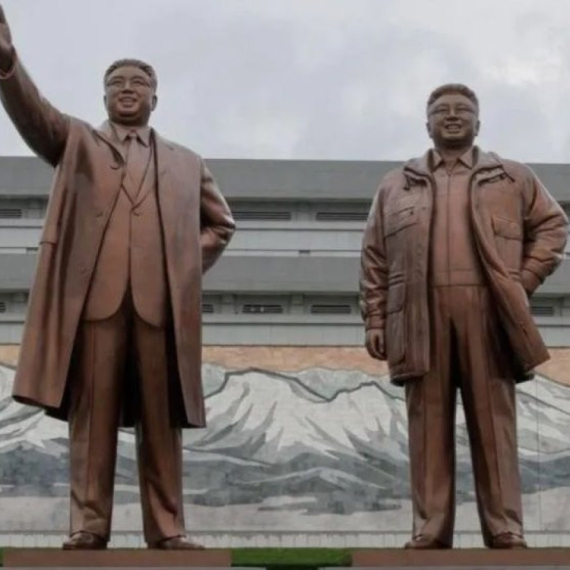
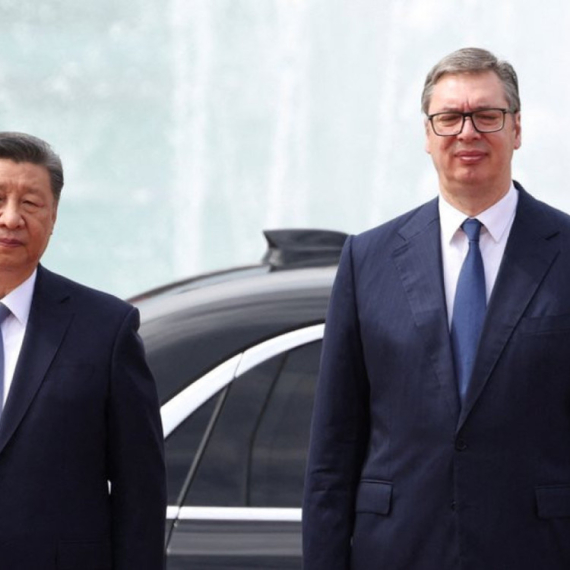

Komentari 0